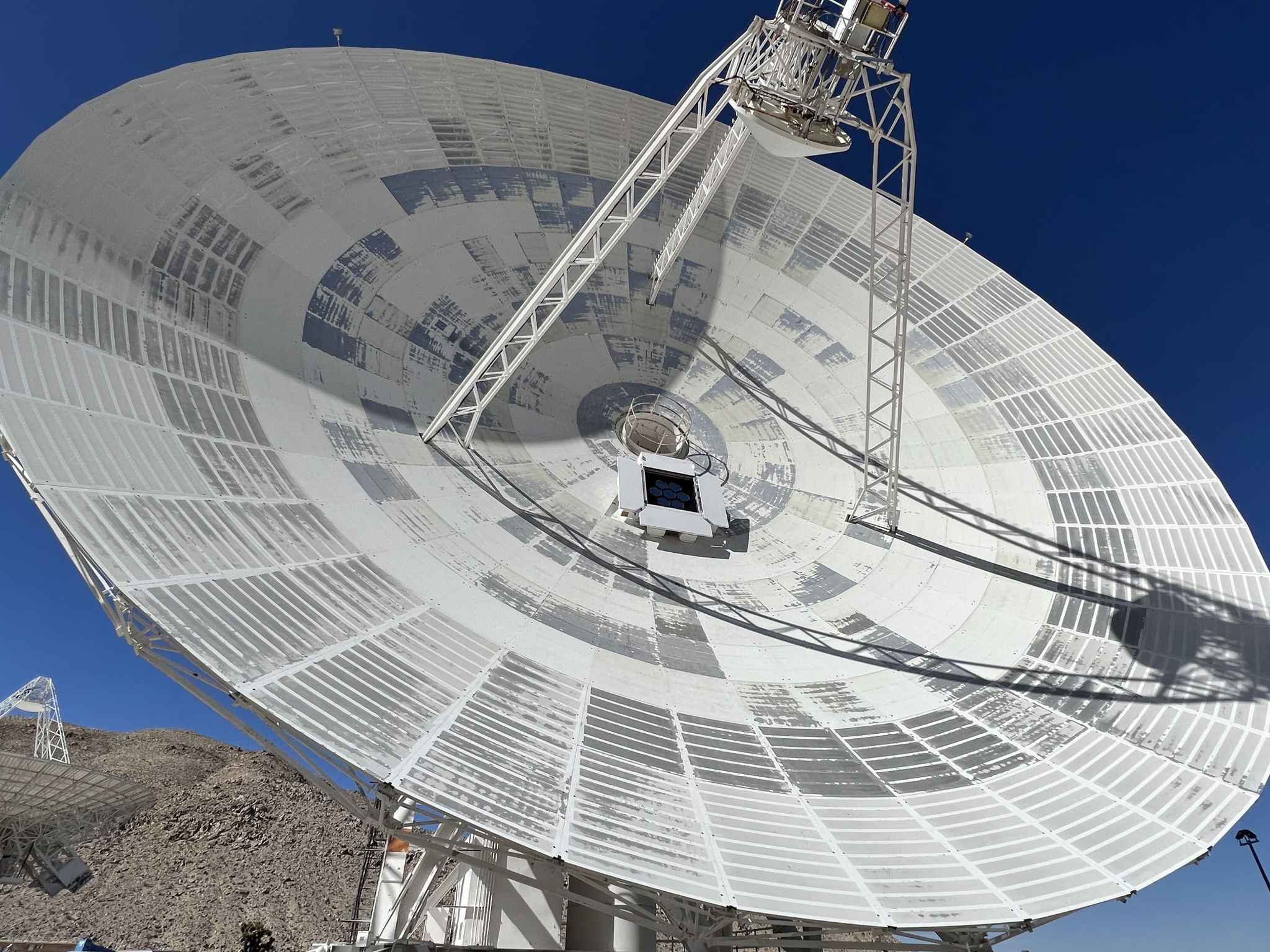2024-02-07 カーディフ大学
<関連情報>
- https://www.cardiff.ac.uk/news/view/2794064-66-million-year-history-of-carbon-dioxide-shows-climate-is-highly-sensitive-to-greenhouse-gases
- https://www.science.org/doi/10.1126/science.adi5177
大気中の二酸化炭素の新生代史に向けて Toward a Cenozoic history of atmospheric CO2
THE CENOZOIC CO2 PROXY INTEGRATION PROJECT (CENCO2PIP) CONSORTIUM
Science Published:8 Dec 2023
DOI:https://doi.org/10.1126/science.adi5177
Editor’s summary
The concentration of atmospheric carbon dioxide is a fundamental driver of climate, but its value is difficult to determine for times older than the roughly 800,000 years for which ice core records are available. The Cenozoic Carbon dioxide Proxy Integration Project (CenCO2PIP) Consortium assessed a comprehensive collection of proxy determinations to define the atmospheric carbon dioxide record for the past 66 million years. This synthesis provides the most complete record yet available and will help to better establish the role of carbon dioxide in climate, biological, and cryosphere evolution. —H. Jesse Smith
Structured Abstract
INTRODUCTION
Anthropogenic carbon dioxide (CO2) emissions have driven an increase in the global atmospheric CO2 concentration from 280 parts per million (ppm) before industrialization to an annual average of 419 ppm in 2022, corresponding to an increase in global mean surface temperature (GMST) of 1.1°C over the same period. If global CO2 emissions continue to rise, atmospheric CO2 could exceed 800 ppm by the year 2100. This begs the question of where our climate is headed. The geologic record is replete with both brief and extended intervals of CO2 concentration higher than today and thus provides opportunities to project the response of the future climate system to increasing CO2. For example, it has been estimated that global surface temperature 50 million years ago (Ma) was ~12°C higher than today, in tandem with atmospheric CO2 concentrations some 500 ppm higher (i.e., more than doubled) than present-day values. Consistent with these estimates, Antarctica and Greenland were free of ice at that time. However, reconstructing these values prior to direct instrumental measurements requires the use of paleoproxies—measurable properties of geological archives that are closely, but only indirectly, related to the parameter in question (e.g., temperature, CO2). To date, at least eight different proxies from both terrestrial and marine archives have been developed and applied to reconstruct paleo-CO2, but their underlying assumptions have been revised over time, and published reconstructions are not always consistent. This uncertainty complicates quantification of the climate responses to the ongoing rise of atmospheric CO2 concentrations.
RATIONALE
Although earlier studies have compiled published paleo-CO2 estimates, those studies typically applied only limited proxy vetting, included estimates that were made before the proxies were sufficiently validated, and/or focused on only a subset of available proxy data. The international consortium of the Cenozoic CO2 Proxy Integration Project (CenCO2PIP) has undertaken a 7-year effort to document, evaluate, and synthesize published paleo-CO2 records from all available archives, spanning the past 66 million years. The most reliable CO2 estimates were identified, some records were recalculated to conform with the latest proxy understanding, age models were updated where necessary and possible, and data were categorized according to the community’s level of confidence in each estimate. The highest-rated data were eventually combined into a reconstruction of the Cenozoic history of atmospheric CO2.
RESULTS
The resulting reconstruction illustrates a more quantitatively robust relationship between CO2 and global surface temperature, yielding greater clarity and confidence than previous syntheses. The new record suggests that early Cenozoic “hothouse” CO2 concentrations peaked around 1600 ppm at ~51 Ma. Near 33.9 Ma, the onset of continent-wide Antarctic glaciation coincided with an atmospheric CO2 concentration of 720 ppm. By ~32 Ma, atmospheric CO2 had dropped to 550 ppm, and this value coincided with the onset of radiation in plants with carbon-concentrating mechanisms that populate grasslands and deserts today. CO2 remained below this threshold for the remainder of the Cenozoic and continued its long-term decrease toward the present. Along this trajectory, the middle Miocene (~16 Ma) marks the last time that CO2 concentrations were consistently higher than at present; Greenland was not yet glaciated at that time, and independent estimates suggest that sea level was some 50 m higher than today. Values eventually dropped below 270 ppm at the Plio-Pleistocene boundary (2.6 Ma), when Earth approached our current “icehouse” state of bipolar glaciation. This and other climatic implications of the revised CO2 curve, including the evolution of the cryosphere, flora, and fauna, along with the cross-disciplinary data assessment process, are detailed in the full online article.
CONCLUSION
This community-vetted CO2 synthesis represents the most reliable data available to date and a means to improve our understanding of past changes in global climate and carbon cycling as well as organismal evolution. However, this effort is still incomplete. Data remain sparse during the earlier part of the record and in some instances are dominated by estimates from a single proxy system. Generating a paleo-CO2 record with even greater confidence will require further research using multiple proxies to fill in data gaps and increase overall data resolution, resolve discrepancies between estimates from contemporaneous proxy analyses, reduce uncertainty of established methods, and develop new proxies.

Community-vetted quantitative CO2 record.
Paleo-CO2 (including 95% credible intervals) is superimposed on the GMST trend over the past 66 million years. Age and CO2 labels highlight notable climate extrema and transitions as described in the text.
Abstract
The geological record encodes the relationship between climate and atmospheric carbon dioxide (CO2) over long and short timescales, as well as potential drivers of evolutionary transitions. However, reconstructing CO2 beyond direct measurements requires the use of paleoproxies and herein lies the challenge, as proxies differ in their assumptions, degree of understanding, and even reconstructed values. In this study, we critically evaluated, categorized, and integrated available proxies to create a high-fidelity and transparently constructed atmospheric CO2 record spanning the past 66 million years. This newly constructed record provides clearer evidence for higher Earth system sensitivity in the past and for the role of CO2 thresholds in biological and cryosphere evolution.



